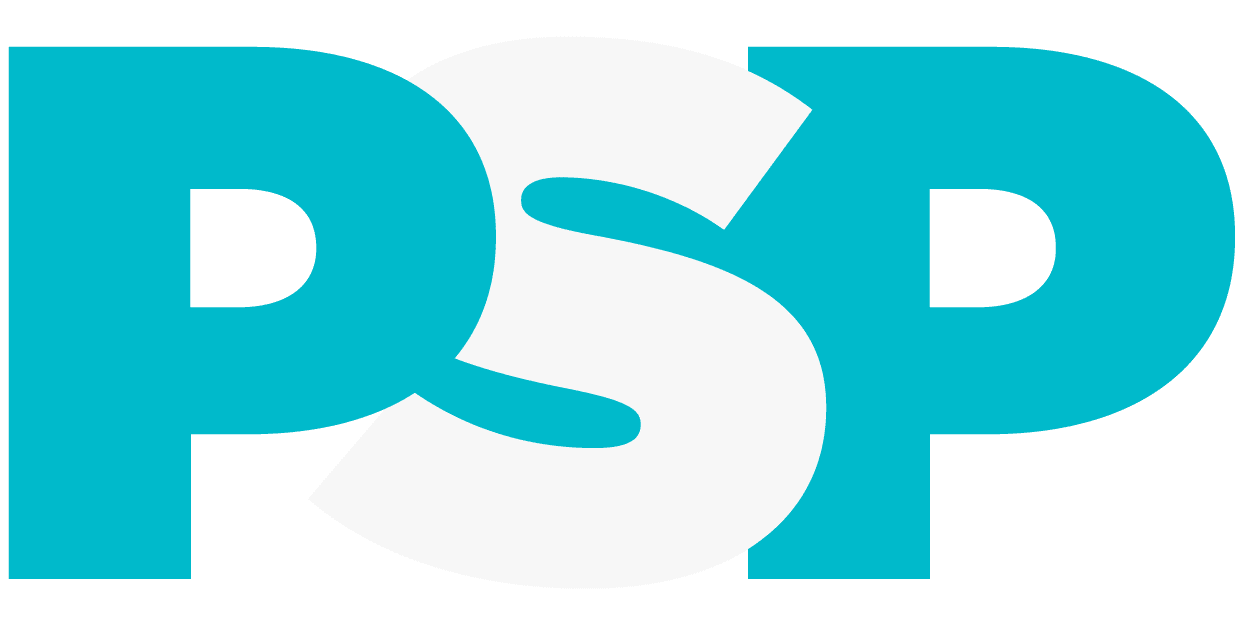Attention to facial anatomy can enhance the safety and effectiveness of minimally invasive facial thread lifting procedures.
A report in The Journal of Craniofacial Surgery highlights anatomy-based techniques designed to reduce the risk of complications and side effects of facial thread lifting, a technique that has become increasingly popular as a minimally invasive alternative to surgical facelifting.
“Careful consideration of anatomical factors and potential complications, coupled with appropriate techniques, can assist practitioners in minimizing risks and optimizing outcomes,” according to the report by Kyu-Ho Yi, MD, PhD, of Yonsei University College of Dentistry, Seoul, Korea, and colleagues.
Focus on Anatomy for Optimal Outcomes of Thread Lifting
Facial thread lifting is a minimally invasive technique for facial rejuvenation. In this procedure, special absorbable, barbed sutures are placed to tighten sagging skin in the face and neck. Because it is a non-surgical procedure that can be performed quickly and with minimal recovery time, it has sometimes been called a “lunchtime lift.”
However, side effects and complications of thread lifting may occur. Some common side effects lead to cosmetic issues, such as skin dimpling or bulging or thread migration or extrusion. Other potential risks include damage to the facial nerve, resulting in asymmetrical facial movement, or inadvertent injury to the salivary (parotid) gland.
Most of these issues can be corrected with relatively simple procedures. Less commonly, more serious complications may occur—such as infections, inflammatory reactions (granulomas), or excessive scar tissue (fibrosis)—sometimes requiring thread removal.
Yi and coauthors emphasize that understanding the underlying anatomy can prevent many of these issues. They outline anatomically based techniques that can achieve excellent results of thread lifting while avoiding complications.
Key Techniques to Improve Outcomes
A simple but effective approach is called the reticular cutis gathering technique. In this approach, the patient’s head is tilted slightly downward and backward – letting gravity do the work of shifting the soft tissues upward. Taking advantage of this “natural repositioning” effect, thread placement targets not the superficial skin but the underlying connective tissue (retinacular cutis) and fascial layers (the superficial musculoaponeurotic system, or SMAS).
“By highlighting the importance of aligning threads with natural tissue movement and the SMAS, our research underlines key strategies for enhancing procedural safety and outcomes,” the researchers write.
A related “pinching” technique can also help to ensure a stable, natural-appearing correction of loose or lax tissues, while also protecting the facial nerve and other underlying structures.
“Techniques like the reticular cutis gathering and pinching method can mitigate side effects and ensure safe thread placement,” Yi and coauthors conclude. Noting the many interrelated factors that contribute to patient outcomes, they add: “Continuous research, education, and advancements in thread materials and understanding of facial anatomy are critical for enhancing the safety and efficacy of thread lifting.”
Summary:
Research by Kyu-Ho Yi, MD, PhD, and colleagues reveals critical anatomical techniques to reduce complications in facial thread lifting, a minimally invasive cosmetic procedure that uses absorbable sutures to tighten facial skin. By carefully positioning threads in deeper tissue layers and using gravity-assisted methods, practitioners can minimize risks like skin dimpling, nerve damage, and thread migration while achieving more natural-looking results.
Key Takeaways:
- Anatomical Precision is Crucial: Understanding facial anatomy is essential for reducing complications in thread lifting procedures. By targeting deeper tissue layers like the superficial musculoaponeurotic system, practitioners can achieve more natural and safer results, the authors write.
- Technique Matters More Than Technology: Techniques like slight head positioning and careful tissue manipulation can improve outcomes and reduce side effects.
- Ongoing Research is Key: The researchers stress the importance of continuous education and advancement in thread lifting techniques.
ID 361695115 © Ruslan Malysh | Dreamstime.com



